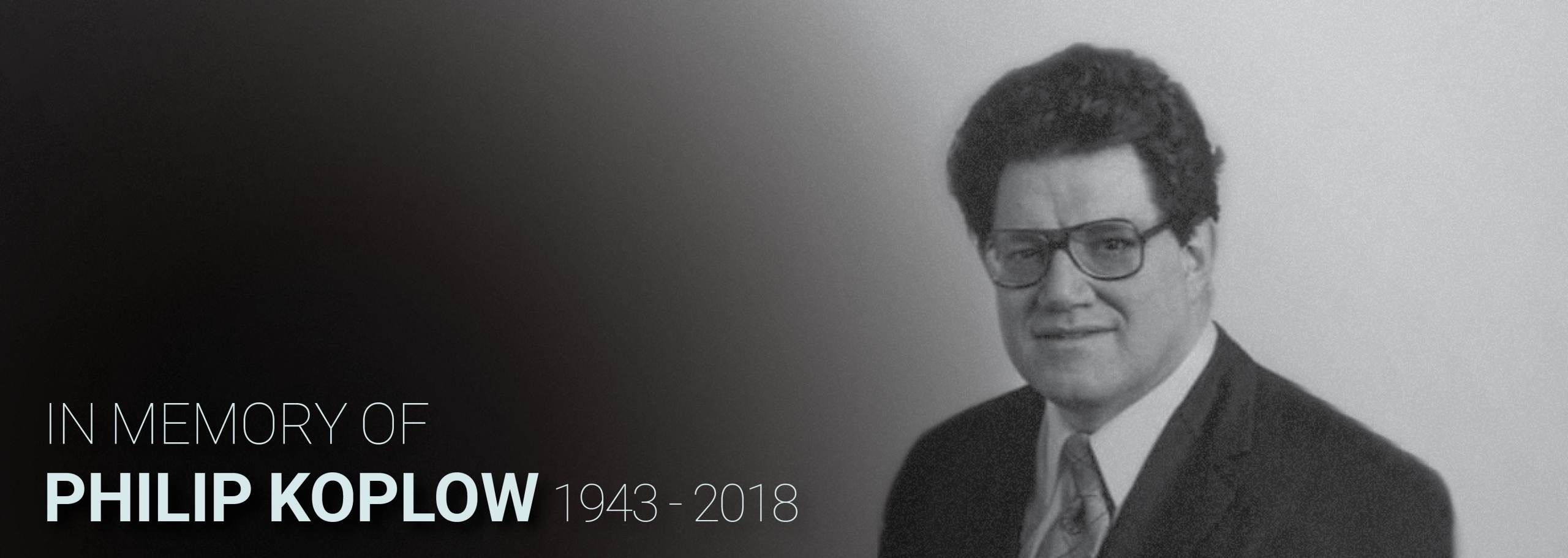
Philip Koplow lived a musical life defined by strong connections with others. Deeply involved in his Northern Kentucky community, Koplow composed works for an incredible range of local ensembles, from professional symphonies to music theater troupes and youth orchestras. A 1992 review in the Cincinnati Post celebrated Koplow’s skill at engaging his community through his compositions. “[He] is on to something,” wrote critic Mary Ellyn Hutton. “If you want to excite people about contemporary music, make them a part of it.”
Koplow’s drive to connect with people through music can be seen in the fact that he wrote many works about specific cultural figures, social issues, and meaningful places around the world. For example, Koplow composed the title track of Navona Records’ FOR THE PEACE OF CITIES in 1998 as a response to the resolution of the United Nations’ peacekeeping mission in Bosnia. The cities honored by the piece are Sarajevo, the capital of Bosnia and Herzegovina, and Dayton OH, the site of the treaty that brought the Balkan conflict to its official conclusion. In the work, these distant cities are represented by a pair of solo violins, which mutate through independent and deeply interconnected material.
Koplow was specifically moved by the fact “that one way the Bosnians ‘fought’ and remained human was to maintain artistic institutions,” and he represents the preservation of traditional Bosnian culture by quoting the folk tune, “Kad ja podjoh na Benbasu,” which has special meaning to the people of Sarajevo. This melody, and the two violins, navigate a variegated, unstable journey through different stylistic spaces, which Koplow used to represent the displacement and violence of the Balkan conflict. In this way, For The Peace of Cities epitomizes one of Koplow’s most potent gifts–his ability to use music to connect his immediate, personal experience with that of others, both those residing in his local community and those living on the other side of the world.
Koplow’s other composition on FOR THE PEACE OF CITIES is How Sweet The Sound, an orchestral fantasy on “Amazing Grace” commissioned by the Hamilton-Fairfield Symphony Orchestra, a community orchestra in Butler County OH, for their 50th anniversary in 2001. Replete with brilliantly crafted orchestral textures, How Sweet The Sound presents dozens of detailed, intriguing instrumental perspectives on fragments of a familiar American tune. In this way, How Sweet The Sound pairs excellently with For The Peace of Cities, as both compositions use place-specific vernacular music as a vector to honor a certain community.
How Sweet The Sound also represents Koplow’s life of connections in another way: the Hamilton-Fairfield Symphony’s music director was his longtime friend, Paul John Stanbery. “Philip Koplow was a giant of a man,” remembers Stanbery, who collaborated with Koplow numerous times from the mid 1990s onward, scheming new works over countless plates of Chinese food. FOR THE PEACE OF CITIES shows us Koplow’s facility at connecting with people through the grand language of the symphony orchestra, but his friendship with Stanbery–or his love of close-up magic–indicate Koplow’s favorite medium for connection may have been person-to-person.
— Dr. Garrett Schumann, D.M.A.

FOR THE PEACE OF CITIES is now available for streaming or purchase on Ravello Records. Click here to explore this new album.
